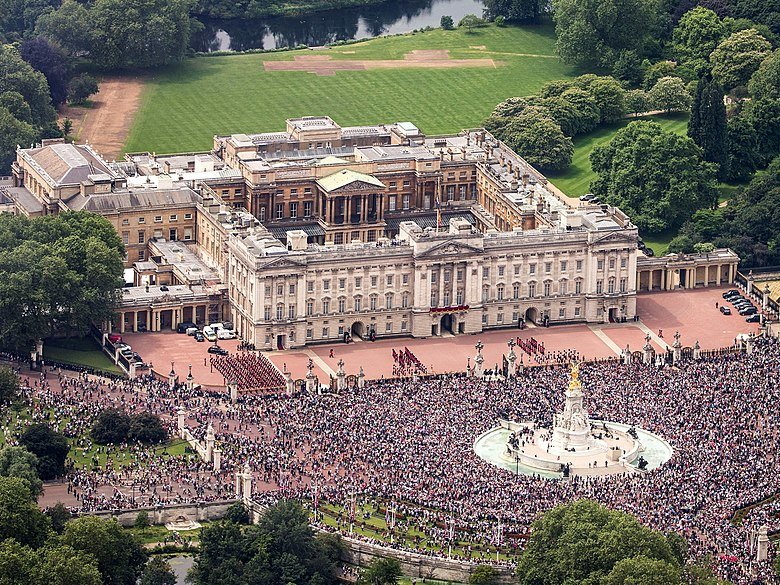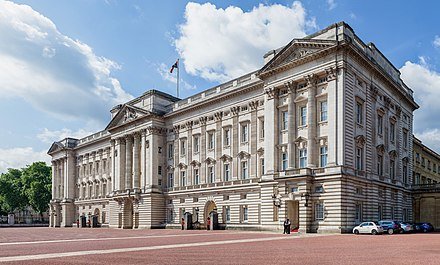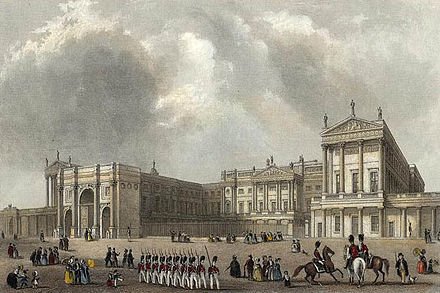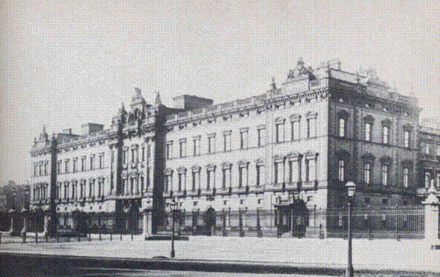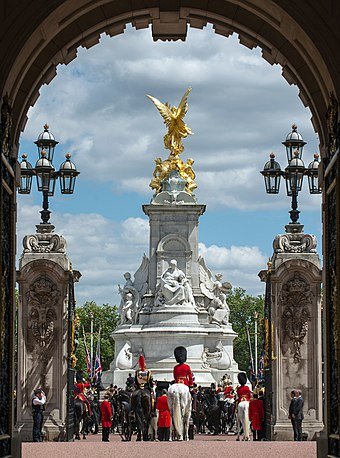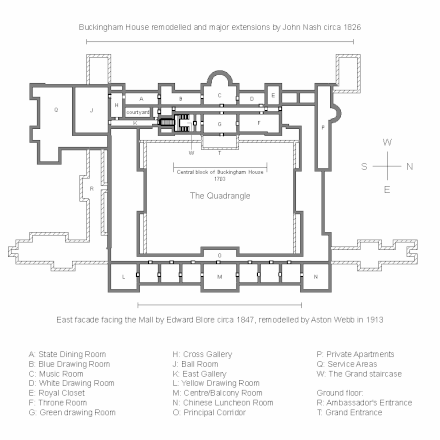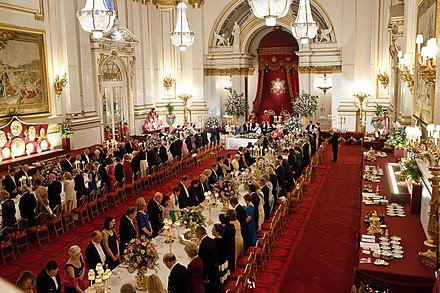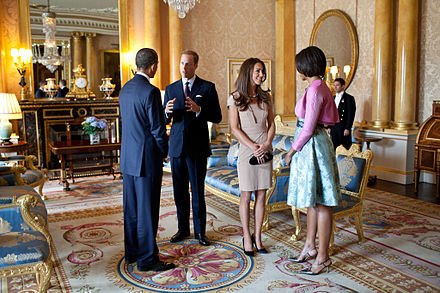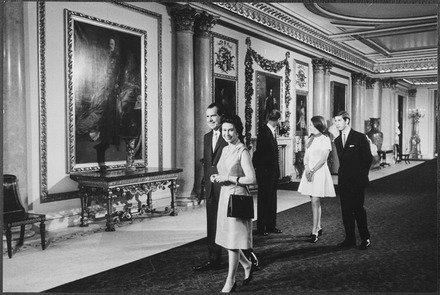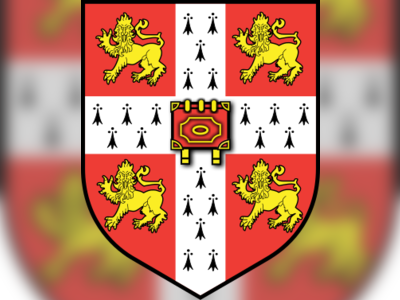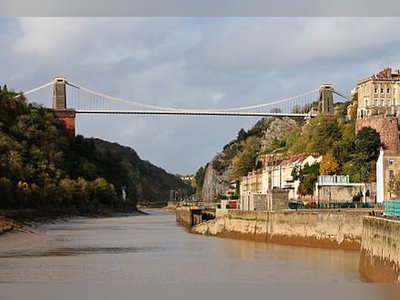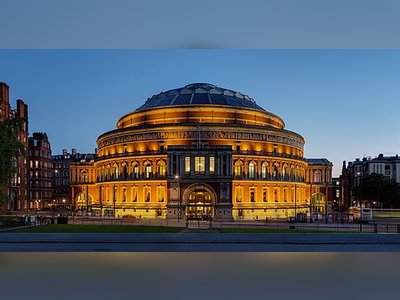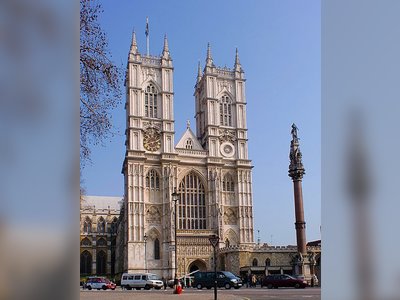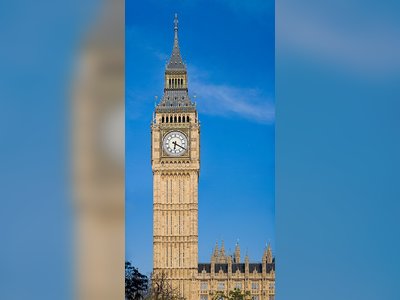British Heritage
Remember, Cherish, Learn.
beta
Buckingham Palace
Contribution of Buckingham Palace to British Heritage.
Buckingham Palace, located in the heart of London, serves as the official residence and administrative headquarters of the British monarch. As an iconic symbol of the British monarchy, it holds immense historical, cultural, and architectural significance for the United Kingdom. The palace has played a central role in state occasions and royal hospitality, serving as a focal point for the British people during times of national rejoicing and mourning. With a history dating back to the 18th century, Buckingham Palace stands as a testament to the continuity and resilience of the British monarchy, making it an essential part of the country's heritage.
Originally known as Buckingham House, the palace's core building was constructed in 1703 for the Duke of Buckingham on a site that had been in private ownership for centuries. In 1761, King George III acquired the house as a private residence for Queen Charlotte, renaming it "The Queen's House." Throughout the 19th century, the palace underwent significant expansions and renovations under the guidance of prominent architects such as John Nash and Edward Blore. It was Queen Victoria's accession in 1837 that established Buckingham Palace as the official London residence of the British monarch.
Buckingham Palace has witnessed numerous historical events, including coronations, state banquets, and official receptions. During the turbulent times of the World Wars, the palace endured bombings but remained a symbol of British resilience and strength. It was the site of joyous celebrations during the end of World War II when the royal family appeared on the balcony, sharing the nation's euphoria.
The palace's architecture blends several styles, reflecting the evolution of its design over the years. John Nash's work during the early 19th century introduced a French neoclassical influence preferred by King George IV. Subsequent modifications by Edward Blore and Sir Aston Webb contributed to the palace's unique appearance. The East Front, facing The Mall, became the public face of Buckingham Palace, featuring the well-known balcony where the royal family traditionally greets the crowds on special occasions.
The interior of the palace showcases the opulence and grandeur befitting a royal residence. The state rooms, including the Music Room, Picture Gallery, and Throne Room, are adorned with splendid furnishings, artworks, and intricate decorations, reflecting various historical periods and tastes. The palace also boasts an impressive art collection, part of the Royal Collection, featuring masterpieces by renowned artists such as Rembrandt, van Dyck, Rubens, and Vermeer.
Buckingham Palace stands as one of the most visited and admired tourist attractions in the United Kingdom. The palace's grandeur, historical significance, and connection to the British monarchy make it a must-visit destination for both domestic and international tourists. The state rooms, open to the public during specific periods, offer visitors a glimpse into the royal world and the opportunity to marvel at the palace's exquisite architecture and precious art collection.
Additionally, Buckingham Palace remains a functional hub for the British monarchy, housing the offices of the Duke of York, the Earl and Countess of Wessex, and other members of the royal family. The palace continues to host a myriad of events, including state banquets, investitures, and garden parties, upholding its traditional role as a venue for important official functions.
Buckingham Palace stands as an iconic representation of the British monarchy, embodying the country's rich history, architectural brilliance, and enduring legacy. With its grandeur, cultural significance, and royal connections, the palace continues to capture the imagination of people worldwide, contributing immensely to British heritage and playing a central role in the nation's sense of identity and pride.
Legacy and Historical Significance
Originally known as Buckingham House, the palace's core building was constructed in 1703 for the Duke of Buckingham on a site that had been in private ownership for centuries. In 1761, King George III acquired the house as a private residence for Queen Charlotte, renaming it "The Queen's House." Throughout the 19th century, the palace underwent significant expansions and renovations under the guidance of prominent architects such as John Nash and Edward Blore. It was Queen Victoria's accession in 1837 that established Buckingham Palace as the official London residence of the British monarch.
Buckingham Palace has witnessed numerous historical events, including coronations, state banquets, and official receptions. During the turbulent times of the World Wars, the palace endured bombings but remained a symbol of British resilience and strength. It was the site of joyous celebrations during the end of World War II when the royal family appeared on the balcony, sharing the nation's euphoria.
Architectural Contribution
The palace's architecture blends several styles, reflecting the evolution of its design over the years. John Nash's work during the early 19th century introduced a French neoclassical influence preferred by King George IV. Subsequent modifications by Edward Blore and Sir Aston Webb contributed to the palace's unique appearance. The East Front, facing The Mall, became the public face of Buckingham Palace, featuring the well-known balcony where the royal family traditionally greets the crowds on special occasions.
The interior of the palace showcases the opulence and grandeur befitting a royal residence. The state rooms, including the Music Room, Picture Gallery, and Throne Room, are adorned with splendid furnishings, artworks, and intricate decorations, reflecting various historical periods and tastes. The palace also boasts an impressive art collection, part of the Royal Collection, featuring masterpieces by renowned artists such as Rembrandt, van Dyck, Rubens, and Vermeer.
Success and Tourist Attraction
Buckingham Palace stands as one of the most visited and admired tourist attractions in the United Kingdom. The palace's grandeur, historical significance, and connection to the British monarchy make it a must-visit destination for both domestic and international tourists. The state rooms, open to the public during specific periods, offer visitors a glimpse into the royal world and the opportunity to marvel at the palace's exquisite architecture and precious art collection.
Additionally, Buckingham Palace remains a functional hub for the British monarchy, housing the offices of the Duke of York, the Earl and Countess of Wessex, and other members of the royal family. The palace continues to host a myriad of events, including state banquets, investitures, and garden parties, upholding its traditional role as a venue for important official functions.
Conclusion
Buckingham Palace stands as an iconic representation of the British monarchy, embodying the country's rich history, architectural brilliance, and enduring legacy. With its grandeur, cultural significance, and royal connections, the palace continues to capture the imagination of people worldwide, contributing immensely to British heritage and playing a central role in the nation's sense of identity and pride.
- Buckingham Palaceen.wikipedia.org
